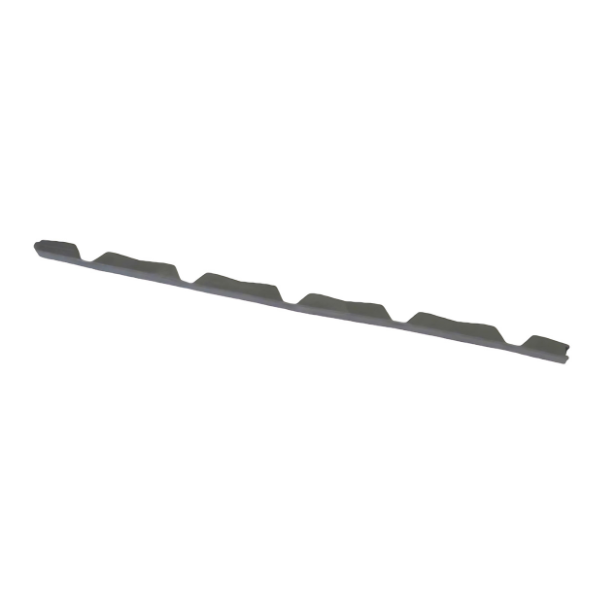Where are you shopping for today?
Delivery State:
This COLORBOND® barge capping roof flashing suits Trimdek® roofing profile.
The Places You Install Roof Flashing
Flashings’ main job is to direct water flow away from openings so leaks can be prevented from creating damage to walls and other structural components. No home should have leaks because not only does water or moisture weaken building materials, but it can also encourage the proliferation of moulds and attract all sorts of moisture-loving pests like cockroaches, ants, termites, and rodents. But where, exactly, should roof flashings be installed? According to builders, some of the most strategic places for roof flashing are the following: Chimney – For homes with this feature, flashings should be installed around it to prevent water from settling in crevices due to the conjoined vertical and horizontal implements. Dormer windows – These require flashing squares to be inserted between each row of roofing material.
The flashing must also stretch out the front apron of the window to really prevent water from finding little pathways into the hole where the window frame is attached to. Skylight – This green lighting solution for home interiors also requires flashings. An 8-inch vertical run is recommended for skylights. Builders also add that even if this product comes with its own flashing, to really make sure that no water seeps through the installation, additional flashing would have to be used to reinforce the feature.
Vents – These are common features of roofs that need to have flashings around them. Hood and pipe vents require precise installation of roof flashings so that holes where they are attached will be completely sealed. There you have it—some of the most common places where roof flashings are required. If you’re going to have them installed, make sure you hire complete professionals for the job (who can purchase the materials from reliable suppliers online, like Metal Roofing Online). This way, these roofing implements will completely serve their purpose of effectively directing water away from inside your home. Likewise, with the services of professional roofers, you can guarantee that the installation of these roofing components will either preserve or enhance the look of your home.






